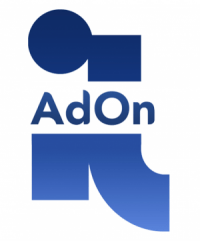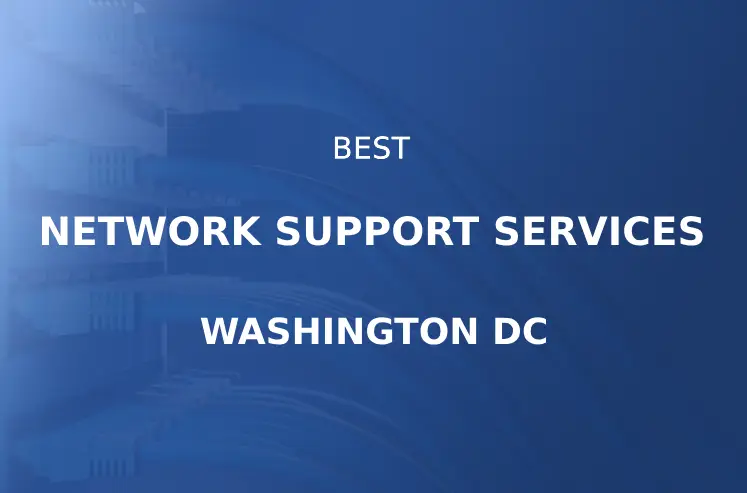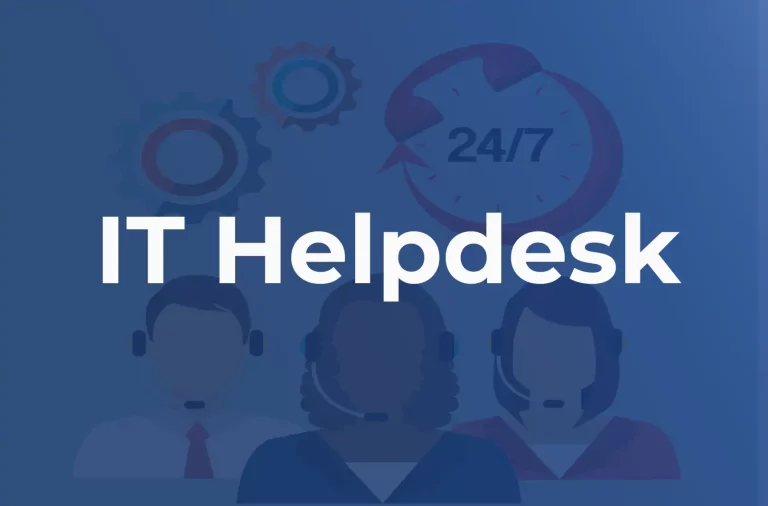Move over, Alexa and Siri, there’s a new AI in town and it’s ready to shake things up!
Meet ChatGPT-4, the superhero of natural language processing that’s about to change the game in multiple industries. With its mind-blowing capabilities, it can create text that’s so convincing, you might mistake it for a human’s work. And the best part is that it’s got a keen sense of context and meaning, so you won’t have to worry about it misinterpreting your requests.
ChatGPT-4 is leading the charge in the exciting world of natural language processing, where advancements are happening faster than a cheetah on roller skates (yes, you read that right). This cutting-edge technique could advance AI.
In this blog, we’ll explore the potential impact of ChatGPT-4 across various fields. But we won’t shy away from the potential risk and what they mean for the future of AI. So grab a snack and join us on a thrilling journey into the world of ChatGPT-4!
Text Generation Capabilities
This nifty little AI can generate text that’s so realistic, you’ll start questioning whether you’re talking to a human or a machine. GPT-3 was already impressive, but ChatGPT-4 takes it to a whole new level with its advanced training and algorithms. It could even produce text that’s almost identical to what us humans write!
OpenAI (2023) claims that GPT-4, the latest language model, is the most advanced ever and can write news articles, creative stories, answer hard queries, and translate languages. The algorithm, trained on huge amounts of data, is expected to impact journalism, marketing, and customer service.
This game-changing technology could revolutionize the way we create content. From news articles to social media posts to marketing copy, ChatGPT-4’s got us covered. And it’s not just limited to text – it could even help us create more advanced chatbots and virtual assistants that can handle even the trickiest conversations.
ChatGPT-4 may also affect AI-dependent industries. Imagine doctors using ChatGPT-4 to study medical data and better diagnose patients. Or teachers using the model to create personalized content that caters to each student’s unique learning style. And for all the finance folks out there, this model could help you make more accurate predictions about stock prices and market trends.
The 4th iteration is about to become a master of languages and break down language barriers like never before. While GPT-3 could already generate text in multiple languages, it wasn’t exactly top of the class when it came to languages other than English. But fear not, because ChatGPT-4 is here to save the day!
This super-smart AI can generate text in several languages that’s not just accurate, but also flows like poetry (okay, maybe not poetry, but you get the point). It is a wizard when it comes to translation and communication across cultural boundaries. So whether you’re trying to impress your French crush or seal a business deal with a Chinese client, ChatGPT-4’s got your back.
No more language barriers, no more awkward translations, and definitely no more using Google Translate (we’ve all been there). Thanks to this model, we can all communicate like true polyglots. So, in conclusion, let’s raise a glass (or a cup of tea, if you prefer) to it for breaking down language barriers and bringing the world closer together!
Accuracy and Efficiency
ChatGPT-4 is the champion of natural language processing! With its enhanced training algorithms, larger datasets, and advanced processing capabilities, It is like a cheetah on steroids (don’t worry, it’s a friendly cheetah).
But that’s not all – it has its sights set on a bigger goal: understanding human emotions and context. That’s right, this AI technology is about to become the ultimate mind reader. With advanced sentiment analysis and emotion detection algorithms, it could even detect your sarcasm and humor. So get ready for some laugh-out-loud conversations with your virtual assistant or chatbot!
The AI model could even partner up with computer vision and speech recognition to create smarter and more complex apps. Imagine receiving more detailed descriptions and captions for your favorite images and videos, all thanks to this 4th iteration and computer vision working together. And with this model’s natural and human-like conversations, you’ll almost forget you’re talking to a machine.
OpenAI’s GPT-4 language processing AI model is expected to outperform GPT-3, according to Yahoo News. Advanced natural language processing tasks like creating coherent and contextually suitable information should be easy for the model.
OpenAI hopes to improve GPT-4‘s training process utilizing “few-shot learning” on smaller data sets. GPT-4‘s ability to create bogus content and cost jobs has aroused worries, but many experts believe it might enhance medicine, law, and education.
Implications for creative fields
ChatGPT 4 is one smart cookie. This advanced language model can generate realistic and coherent text and actually understand context and meaning. That’s right, it’s like the Mary Poppins of the AI world, changing the game for authors and creatives everywhere.
CMSWire explains that generative AI tools, like this one can create text that resembles human language and could be applied to develop various forms of content such as chatbots, product descriptions, and even news articles.
Picture this: You’re a writer, and you’re stuck on a plot point. No worries, my friend, ChatGPT 4 has got your back. It can help you come up with new story ideas or suggest alternative plot points, giving your writing that extra edge.
And that’s not all – this model can even make NLP and AI more accessible to people who have visual impairment or difficulty typing. This super-smart AI can help all people communicate by interpreting and creating text.
The Potential Risks
With over 10 trillion parameters, this language model is so powerful that even Tony Stark would be impressed.
But with great power comes great responsibility, and GPT-4 is no exception. One of the biggest concerns is that it could be used to create fake news articles and deepfakes that are so convincing, they might as well be the real thing. And let’s be honest, the last thing we need is a robot apocalypse fueled by propaganda.
According to a Forbes article, hidden biases and prejudices in training data can cause language models like GPT-4 to output prejudiced or discriminatory words (Elloit, 2023). If ignored, these biases could hurt individuals and society. Concerns include the possible exploitation of the technology for malevolent reasons and ethical issues surrounding AI decision-making (Elloit, 2023).
To make matters worse, a few large tech companies have all the resources to develop and deploy these models, meaning they could potentially control the flow of information and sway public opinion.
But before you start panicking, some experts argue that the benefits of GPT-4 outweigh the risks in future. Think about all the breakthroughs it could help bring about in medicine, education, and climate modeling. It’s like having a super-smart personal assistant who can do everything from writing research papers to predicting the weather.
Key Takeaways
OpenAI’s ChatGPT-4 language model is better. This model should be more accurate and efficient than GPT-3.
ChatGPT-4 understands and writes human-like text. Journalism, marketing, customer service, healthcare, education, and finance could benefit.
ChatGPT-4’s multilingual text generation is its best feature. It could help blind people! This model creates convincing fake news and deepfakes. We should manage its use and development to maximize its benefits.
Despite these difficulties, scientists believe this approach could change various professions. To benefit from AI decision-making, we must assess and govern it.






